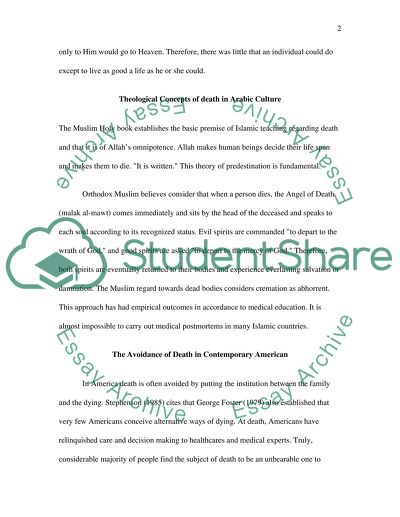Cite this document
(“Human Behavior Research Paper Example | Topics and Well Written Essays - 1500 words”, n.d.)
Retrieved from https://studentshare.org/sociology/1426067-human-behavior
Retrieved from https://studentshare.org/sociology/1426067-human-behavior
(Human Behavior Research Paper Example | Topics and Well Written Essays - 1500 Words)
https://studentshare.org/sociology/1426067-human-behavior.
https://studentshare.org/sociology/1426067-human-behavior.
“Human Behavior Research Paper Example | Topics and Well Written Essays - 1500 Words”, n.d. https://studentshare.org/sociology/1426067-human-behavior.


